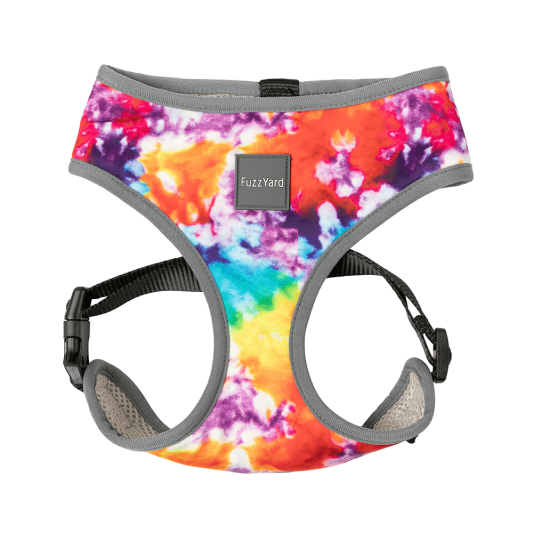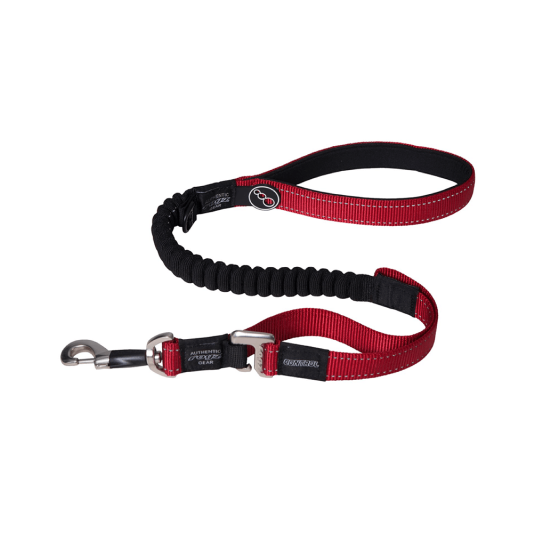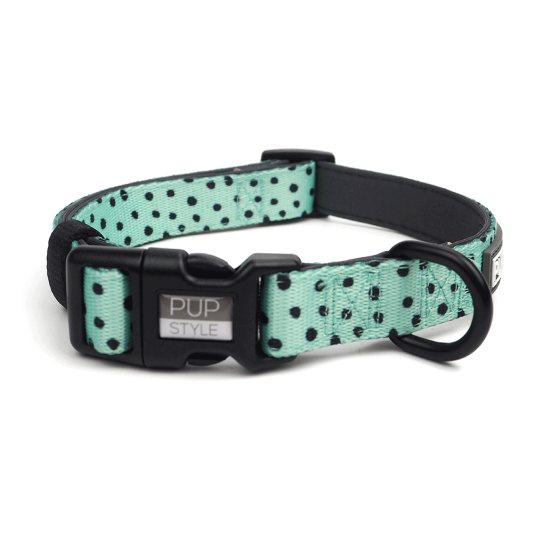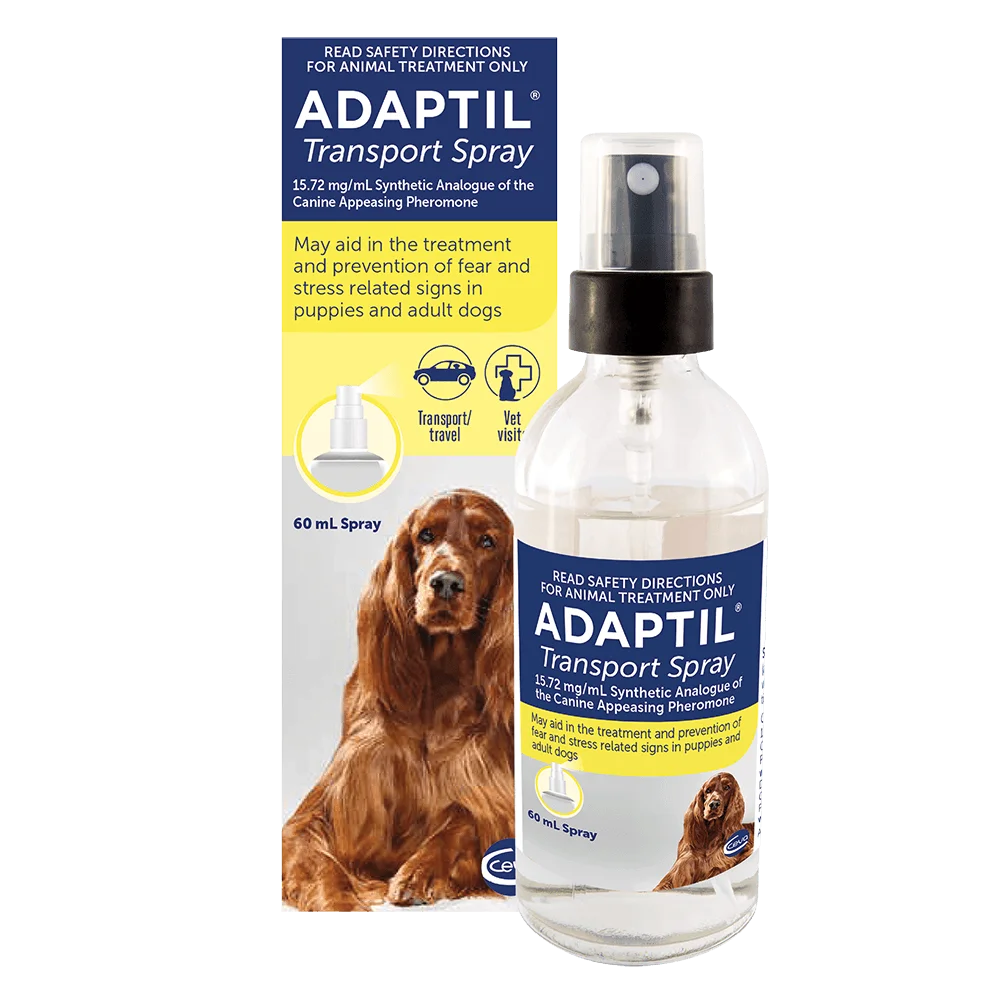Last Updated: 06/05/2025
Author: Dr Belinda Stancombe BVSc (Hons)
Reading Time: 11 minutes - short read
Travelling with pets can be a joyous experience, but when it comes to navigating public transportation, pet owners often face a unique set of challenges.
Whether you're commuting to the vet, embarking on a vacation, or exploring a new city, ensuring the safety and comfort of your furry friend is paramount.
With careful planning and adherence to guidelines, travelling with your pet on buses, trains, ferries, and other forms of public transportation can be a smooth and enjoyable journey for both you and your pet.
Here are four things you should consider when travelling with your pet:
1. Understanding Public Transportation Policies
Before embarking on your trip, it's crucial to familiarise yourself with the pet policies of the transportation system you will be choosing to use. Policies can vary significantly between cities and transit providers, so it's essential to research and understand the specific rules and regulations before setting out.
2. Choosing the Right Equipment
Carriers for small pets
For pets that need to be contained during transit, selecting the appropriate carrier is key. Opt for a carrier that is sturdy, well-ventilated, and comfortable for your pet.
Backpacks can be a good option as they can make boarding transport easier, leaving you with both hands free. Ensure that the carrier is appropriately sized, allowing your pet to stand, turn around, and lie down comfortably.
Collars, harness and leads for large dogs
For larger pets, a sturdy collar or harness, and lead is required to keep your dog restrained at all times. Some transport systems may require large dogs to be muzzled. If this is the case, a basket muzzle is the best option as it allows your dog to pant while in place, which will help them to stay cool. It is important to ensure your dog is muzzle trained and accustomed to wearing a muzzle before the day of travel to minimise any issues.
Looking for more information on muzzle training? Read our article Muzzle Training your Dog.



3. Acclimatising Your Pet
Introduce your pet to the carrier and the sights and sounds of public transportation ahead of time to help alleviate anxiety and stress.
Start by allowing your pet to explore the carrier in a familiar environment, gradually introducing short trips on public transit to familiarise them with the experience.
Offer your pet treats and praise to reinforce a positive association with travelling. For pets that may be stressed or anxious, pheromone products such as Adaptil or Feliway can help pets feel calm and relaxed.


4. Ensuring Safety and Comfort
During transit, prioritise your pet's safety and comfort. Keep your pet securely contained in their carrier or on a leash at all times. Avoid placing carriers in high-traffic areas or blocking aisles, exits, or pathways.
Be mindful of your pet's needs, offering water, bathroom breaks, and reassurance as needed.
While travelling with pets on public transportation, it's essential to be considerate of fellow passengers. Keep your pet well-behaved and under control at all times, minimising disturbances to others. Be prepared to move to a less crowded area if your pet becomes anxious or agitated.
If you have any questions about taking your pet travelling, you can speak to our Australian based Vet Squad for free online 7 days a week.
Further Reading
Want to know more? Check out our Discover Page for more tips on keeping your pets happy and healthy.